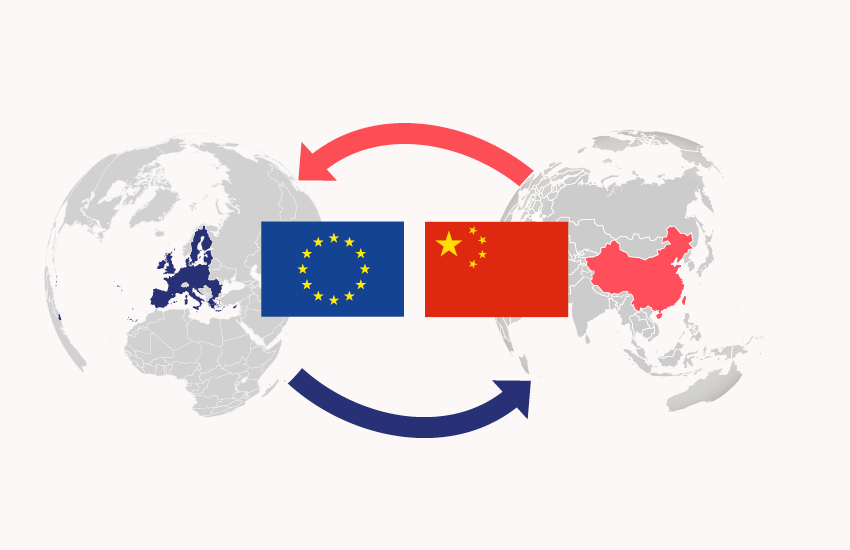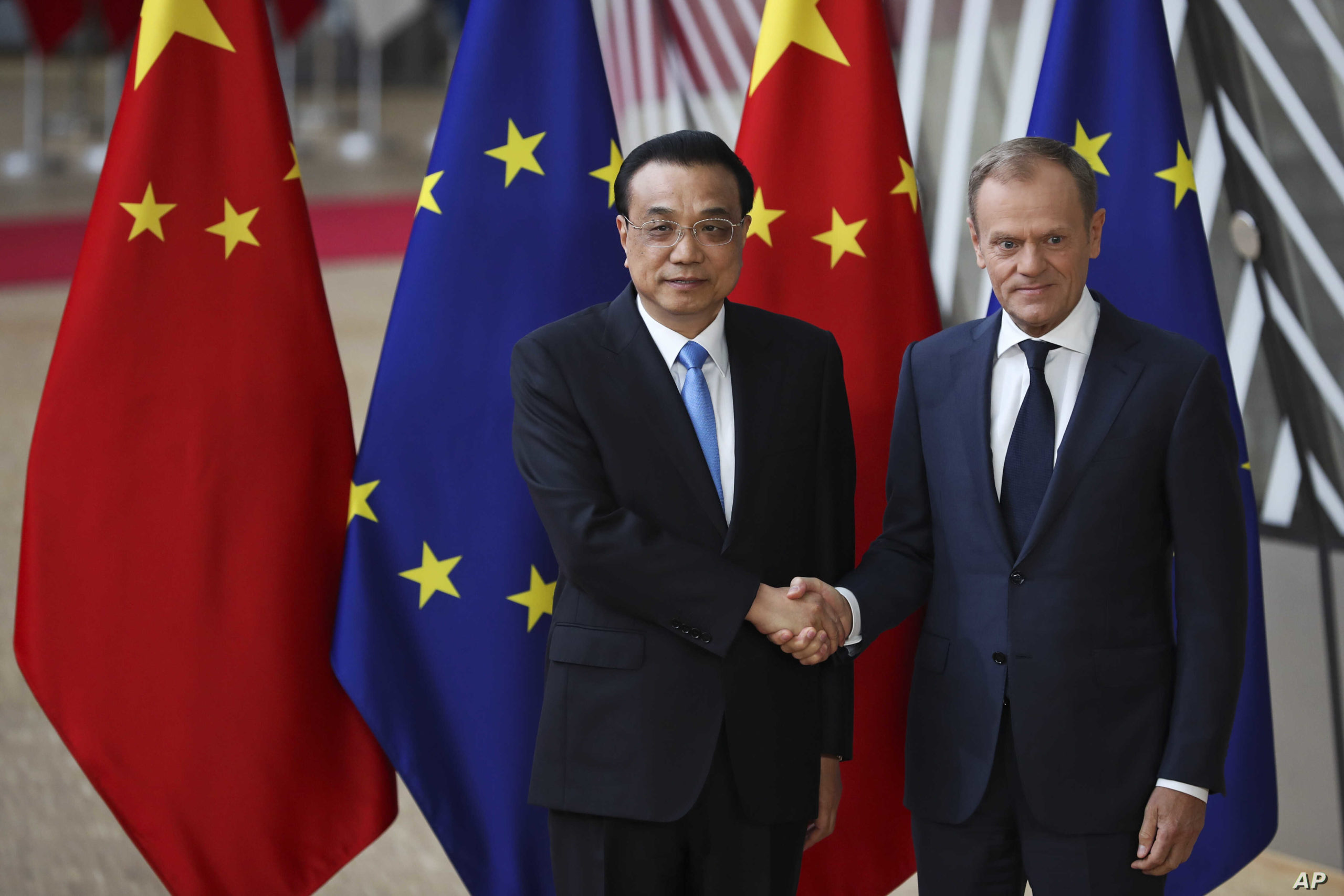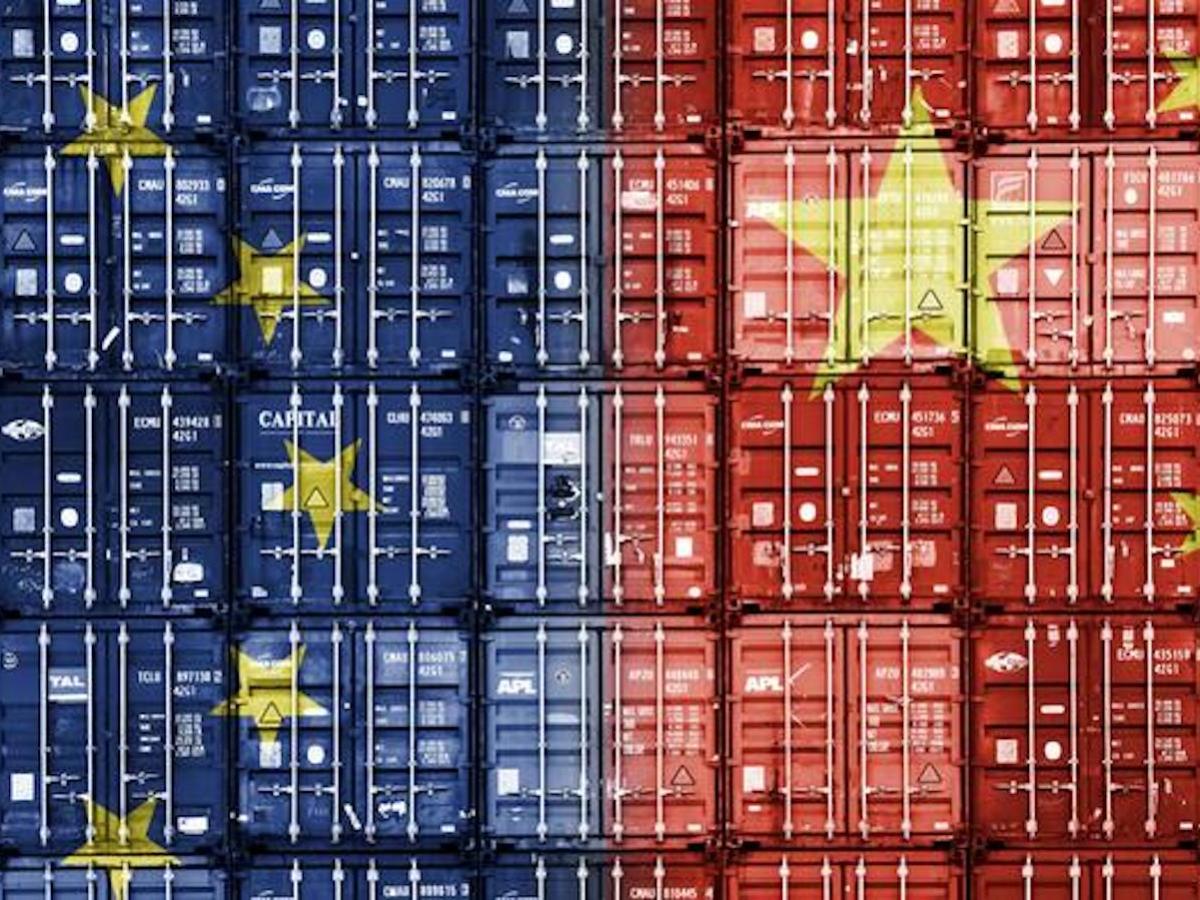
Many companies in the European Union (EU) and China were pleased to see EU-China bilateral trade boom in 2020 — a year that was marred by lockdowns and industrial disruptions due to the restrictive measures put in place to curb the spread of COVID-19.
Eurostat, the statistical office of the EU, said on Monday 15 Feb that China became the EU’s main trading partner last year, overtaking the United States.
The bloc’s imports from China in 2020 grew by 5.6 percent year-on-year to 383.5 billion euros (462 billion U.S. dollars), and exports increased by 2.2 percent to 202.5 billion euros. Meanwhile, the EU’s trade with the U.S. saw a substantial decline both ways, according to Eurostat.
Given the overall slump in global trade amid the still raging pandemic, the dynamic growth in China-EU trade can indeed be considered a hard-won victory, which was partially due to the two sides’ robust cooperation to contain the COVID-19 pandemic.
On 10 Feb the United Nations Conference on Trade and Development (UNCTAD) said in its quarterly “Global Trade Update” that global trade in 2020 tumbled by about nine percent from a year ago.

BENEFITS OF TRADE
Jost Wuebbeke, director at Sinolytics, a Berlin-based consultancy specializing in China and with a particular focus on China’s technological and digital transformation said “European companies, especially from the automotive industry and luxury industry, benefit currently from the recovery of the Chinese market,”
According to Wuebbeke, there have been two trends for the continuous development of trade volume.
On one hand, China’s recovery in the second quarter of 2020 created a stable demand for European products, especially in automotive and luxury goods. On the other hand, the extended lockdown in Europe created a huge demand for electronics, entertainment and health care goods, many of which are manufactured in China, he said.
China remains an important destination for German exporters of machinery, vehicles and auto parts, electronic devices and chemicals. Wuebbeke believed that the growth potential of the Chinese market is “still enormous.”
Claudia Vernotti, Co-founder and Director of ChinaEU, a forum to foster business cooperation in digitization processes and hi-tech fields by European and Chinese companies, commented
“Trade is a source of economic growth. As main European countries entered a series of consecutive lockdowns, Europeans could count on China for the supply of electronics and health care goods. For demand to grow worldwide, what is desperately needed is the return to normal economic activities, something which can only be guaranteed by a wide and prompt distribution of vaccines all over the world,”
Hanna Lauren, director of trade policy at the Confederation of Finnish Industries (EK), said the news about the rising trade volumes between the EU and China was expected as the Chinese economy had recovered fast from COVID-19 and there was demand in the country for European goods, while Europe was importing exceptionally large amounts of Chinese health sector supplies to combat the pandemic.
China was the only major economy in the world that registered a 2.3 percent growth in gross domestic product (GDP) in 2020, while the global economy suffered a contraction of around 3.5 percent, according to the International Monetary Fund (IMF).

GOOD PROSPECTS WITH CAI
According to Xinhua, Serbian economist Goran Nikolic wrote in an article for the website of Serbia’s public broadcaster RTS that “China became the largest export market for the EU during 2020, and at the very end of 2020, additional support … was the conclusion of negotiations of the CAI (Comprehensive Agreement on Investment) with the EU, despite Washington’s efforts to thwart it.”
“This ‘deal’ is expected to further strengthen the already strong cooperation between the two economic giants,” Nikolic wrote.
Bernard Dewit, chairman of the Belgian-Chinese Chamber of Commerce, commented that these encouraging developments demonstrated the importance of keeping the momentum going.
“We should continue to have a strong trade relationship with China,” said Dewit. “China is a booming economy in the world, and it’s in the interest of the EU and the EU companies to have close trade relations with China.”
The conclusion of seven years of negotiations for the CAI in December provided a further — and major — economic boost.
Describing the agreement as “a big step forward,” Dewit said the compromise reached between the two sides is a good sign, although the draft document is yet to be approved by the European Parliament and the EU member states’ national legislatures.
Dewit said that it is necessary for the world’s two largest markets — China with a population of 1.4 billion and the 27-member EU with 450 million — to seek to improve their economic ties. “I think it’s in the interest of both parties to improve, to further exchange, to negotiate eventually new common grounds for the benefit of both parties, and in the end, the world.”
Markku Lehmus, head of forecasting at the Research Institute of the Finnish Economy (ETLA), said that the future trade relationship between the EU and China partly depends on “how the EU will be able to do the balancing act with a view to the U.S.-China relationship.”
Lehmus added that with the CAI, EU businesses will be better equipped for the future. (1 euro = 1.2 U.S. dollars)
